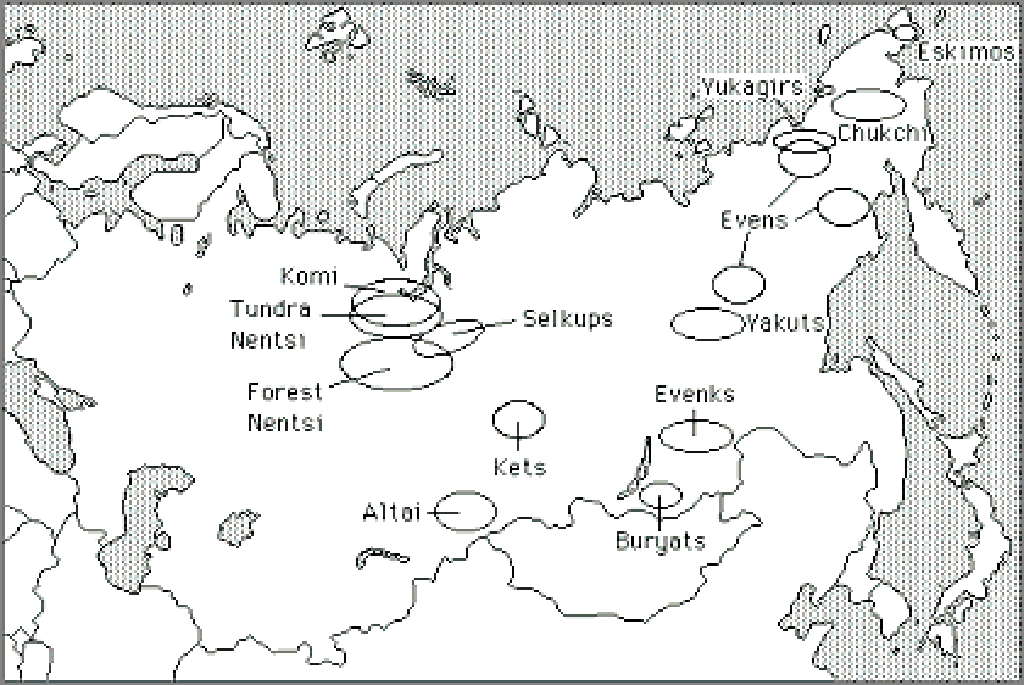
DNA & The Peopling of Siberia
DNA & THE PEOPLING OF SIBERIA
From Siberia to the Americas | www.mnh.si.edu

Although there is general agreement among scholars that the first human inhabitants of the Americas came from Asia, the exact geographic source, number of migrations, and timing of these population movements remain controversial. The evidence in support of an Asian origin of New World populations is based on anatomical resemblance in contemporary populations, craniometric affinities, cultural similarities, and genetic similarities. In 1986 an apparent multidisciplinary consensus was reached on the chronology and the number of Siberian migrations entering the New World. In an article by Joseph Greenberg, Christy Turner, and Stephen Zegura it appeared that the genetic, dental and linguistic evidence were reconciled in favor of three separate migrations and the initial Paleoindian occupation was posited to have occurred at least 12,000 years ago. Subsequent synthetic work relying on traditional genetic data have supported either the three-migration model or a four-migration pattern.
In contrast, studies of maternally-inherited mtDNA have presented a variety of competing scenarios ranging from one to six separate waves of Asian migrants starting as long ago as 30,000 BP. Furthermore, there are different proposals for which “source” populations in Asia gave rise to New World populations: Viral distribution data implicate Mongolia/Manchuria and/or extreme southeastern Siberia as the ancestral homeland of the Amerinds; whereas, mtDNA data point to Mongolia, North China, Tibet, and/or Korea as the candidate source regions in Asia. One of our research goals is to compare Y chromosome data from New World populations with those from Siberian and Asian populations to test these varied hypotheses. We have been studying the geographic distribution of a Y chromosome marker that has turned out to be particularly interesting for questions about the peopling of the Americas.
This marker was initally found to occur in Native American populations from North, Central and South America. We have recently extended the geographic search for this marker to include the major candidate source regions in Asia for the early peopling of the Americas. Initially, we proposed that the discovery of this marker West of the Bering Strait would implicate such a population(s) as possible paternal sources of the Native American gene pool. Although this marker was absent in nearly 1000 Asians from 17 populations, we found it in three Native Siberian populations: Eskimos, Chukchi, and Evens. However, the combination of the genetic evidence with ethnohistorical data on these populations led us to a different conclusion. We suggested that the occurrence of this marker in Siberia is better explained by back-migration of males from North America to Siberia with subsequent gene flow in Asia.
Future studies are needed to confirm this hypothesis and to help us better understand the relationships of Native American and Siberian populations (especially Eskimo populations living on both sides of the Bering Strait).





Responses